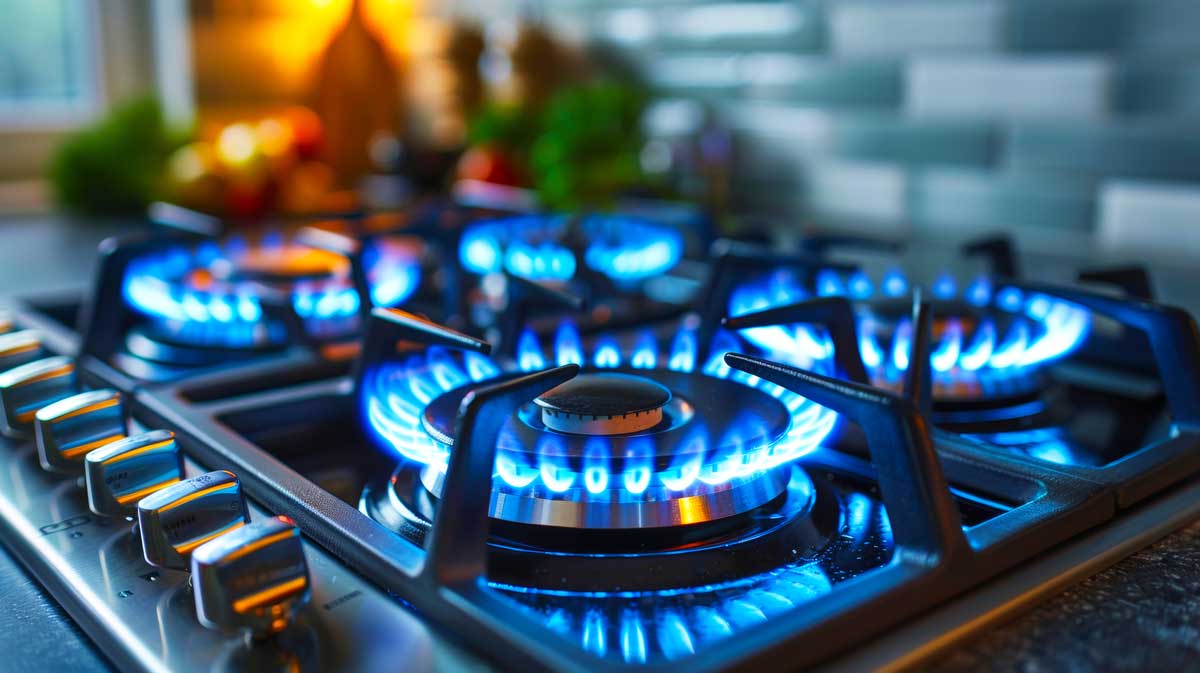
Still Cooking With Gas
Why regulations to eliminate gas stoves are a step backward
If you live in New York State or in more than 100 cities around the country and want a gas range in your kitchen just like the ones your favorite Food Network stars use, then you might be better off trying to buy an old house. A slew of state and local laws passed this spring make new gas stoves contraband for millions of Americans. In fact, many now worry that a de facto federal ban on gas stoves is coming, accomplished by regulations developed largely out of public view. The likely victims of such a ban would be American families who just want to cook their dinners in peace.
Consumers have good reason to worry. First, Richard Trumka, Jr., a member of the Consumer Product Safety Commission, hinted that the CPSC could ban gas stoves. While the White House subsequently clarified that it does not support a ban, just a few weeks later, the U.S. Department of Energy, citing guidance from an executive order, proposed a regulation that would do just that.
Most debates about regulatory burdens focus on businesses. But regulations carry direct and indirect costs to consumers, as well. Regulations that ban products reduce consumers’ options, often saddling them with more expensive products or forcing them to delay purchases.
Reducing consumer choice by banning gas kitchen appliances fails the required cost-benefit analysis for new regulations, especially given that the “benefits” are hypothetical. The Department of Energy, for example, relies on a measure of the social cost of greenhouse gasses (SC-GHG) to justify gas-stove and other energy regulations. It argues that the significant short-term costs on businesses and consumers of such regulations are worth it, so long as the hypothetical benefits from greenhouse gas reductions are high. This type of regulatory framework burdens consumers and producers for the promise of highly speculative, meager cost savings far in the future.
The Department of Energy’s own proposal admits that consumers who use electric rather than gas stoves will save a mere $13 in energy costs over the stove’s lifetime. And the increased cost due to production complexity may negate these paltry savings. But the department adds weight to the “benefits” side of the balance with billions of dollars in “climate savings” for society.

Stay Informed
Sign up to receive updates about our fight for policies at the state level that restore liberty, accountability, and innovation in American governance.

